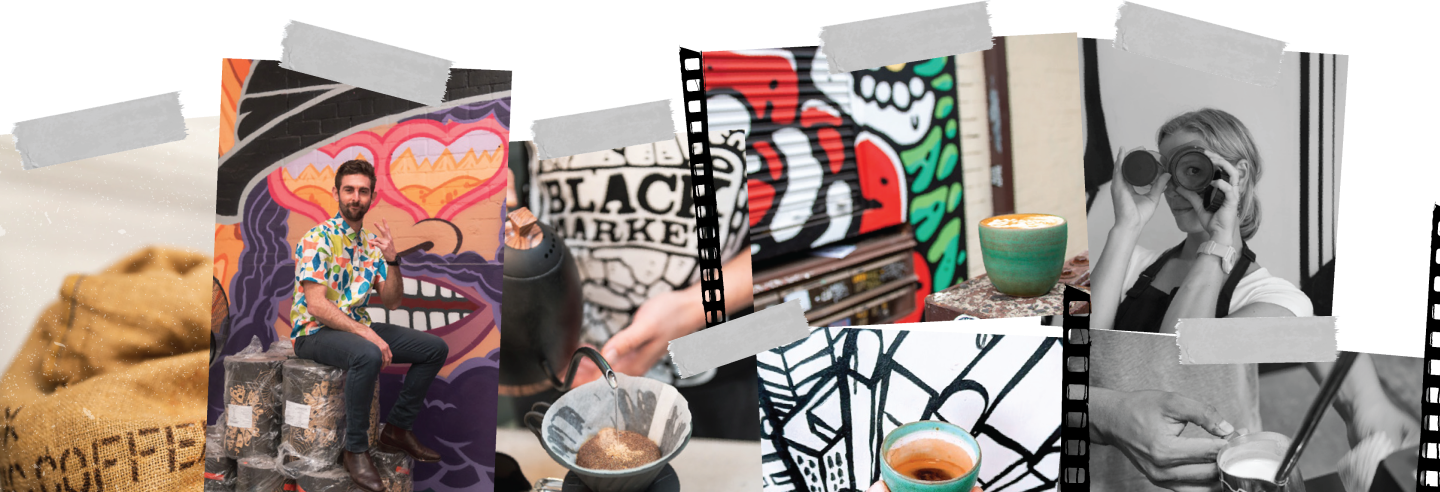
How to make espresso coffee
Do you want to learn to make espresso without all the barista training?
Espresso had its debut in the 1880’s long before the invention of the espresso machine in the early 1900’s. The first espresso machine was manufactured by Desiderio Pavoni in 1905, after purchasing the patent from the original inventor, Luigi Bezzara. The intent of the espresso’s original intention was to provide a beverage that could be made for singular customers in a short “express” amount of time. Although lengthier methods and processes branched off to create new variations, this basic premise remains the same.
Espresso without versus with machine
The espresso machine was invented to commercialise and simplify the beverage making process. Methods of making espresso without a machine existed before its invention and continue to be popular as an at home method. Using a commercial machine should really be left to those with the required barista training to make beverages, and avoid burns and injuries
There are a few options available for at home brewing, such as a French press, but the most traditional is a stovetop espresso pot, called a cafetiere (kaf-eh-ti-reh).
This brewing pot is made of three components.
- Boiler: The bottom chamber that holds the water to brew the coffee.
- Filter: A funnel-shaped filter that sits flush in the mouth of the boiler, holds the coffee grounds.
- Upper Chamber: This is the top of the cafetiere where the coffee collects once it is brewed. This piece has a second filter built into its base, to keep the coffee grounds in the funnel filter. Another layer closes the filter off and leads it to a nozzle opening where the coffee can exit into the upper chamber reading for serving.
This is a pressure regulated method that causes the water to rise out of the boiler through the coffee grounds and out of the top chamber nozzle to become espresso.
Here’s how you can brew it yourself at home:
You will need:
- Water
- A cafetiere
- Ground coffee
Procedure:
1) Take the boiler and fill it with water. There is a small safety marker inside that indicates how much water is enough.
2) Fill the filter piece with 4 tablespoons of coffee and lightly pack down with a spoon.
3) Place filter in the mouth of the boiler so its flush, and screw the top chamber on.
4) Put the cafetiere on the stove on high heat. Once it begins to boil, keep allowing it to boil until the top chamber is full. Once full, remove from stove. You can check this by lifting the lid carefully to check.
5) Serve. You can use this espresso in numerous drinks or have it with some milk and sugar.
Do you want to learn more about coffee and master it for yourself? Check out our courses here.
Be The first to know about new digs.

